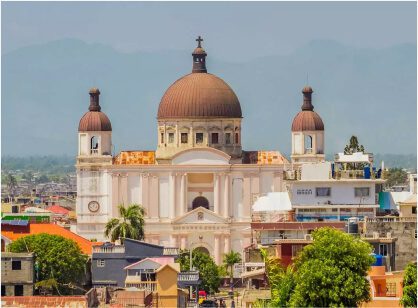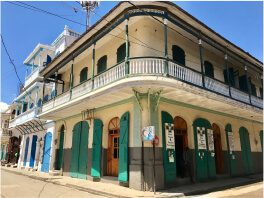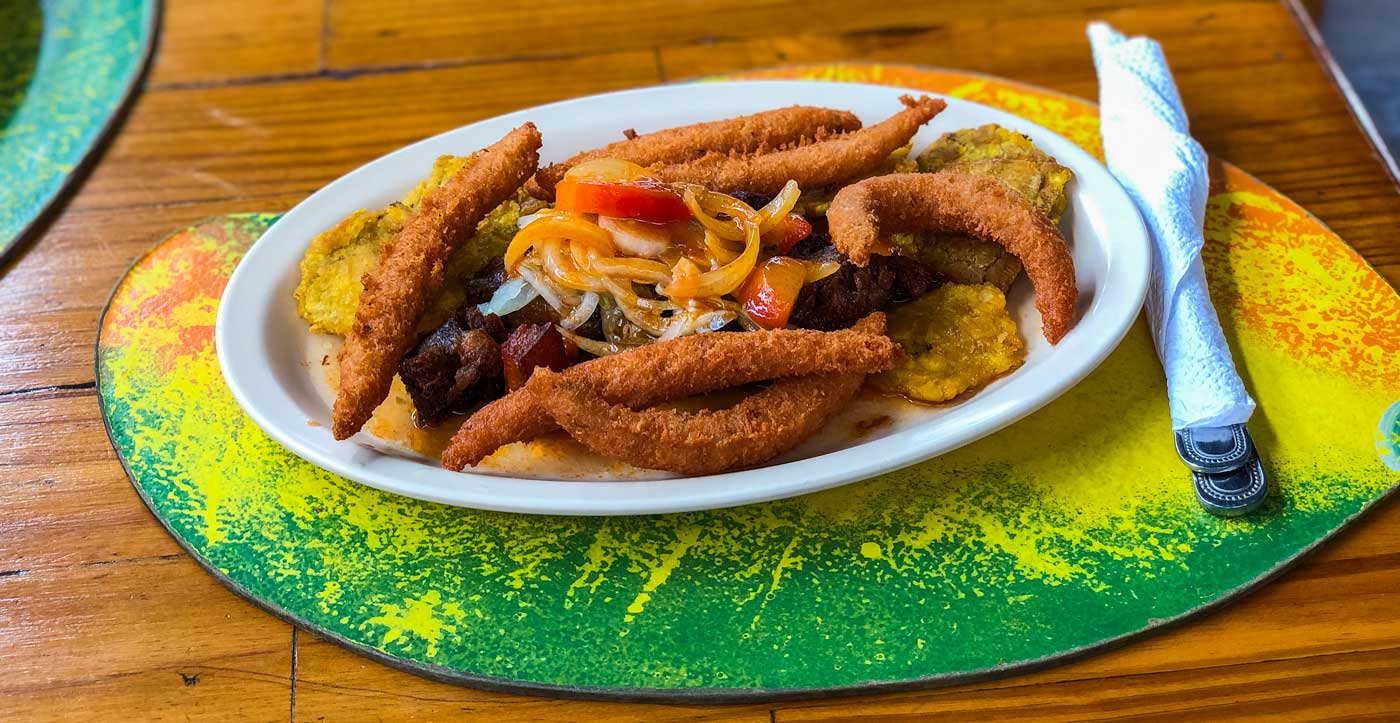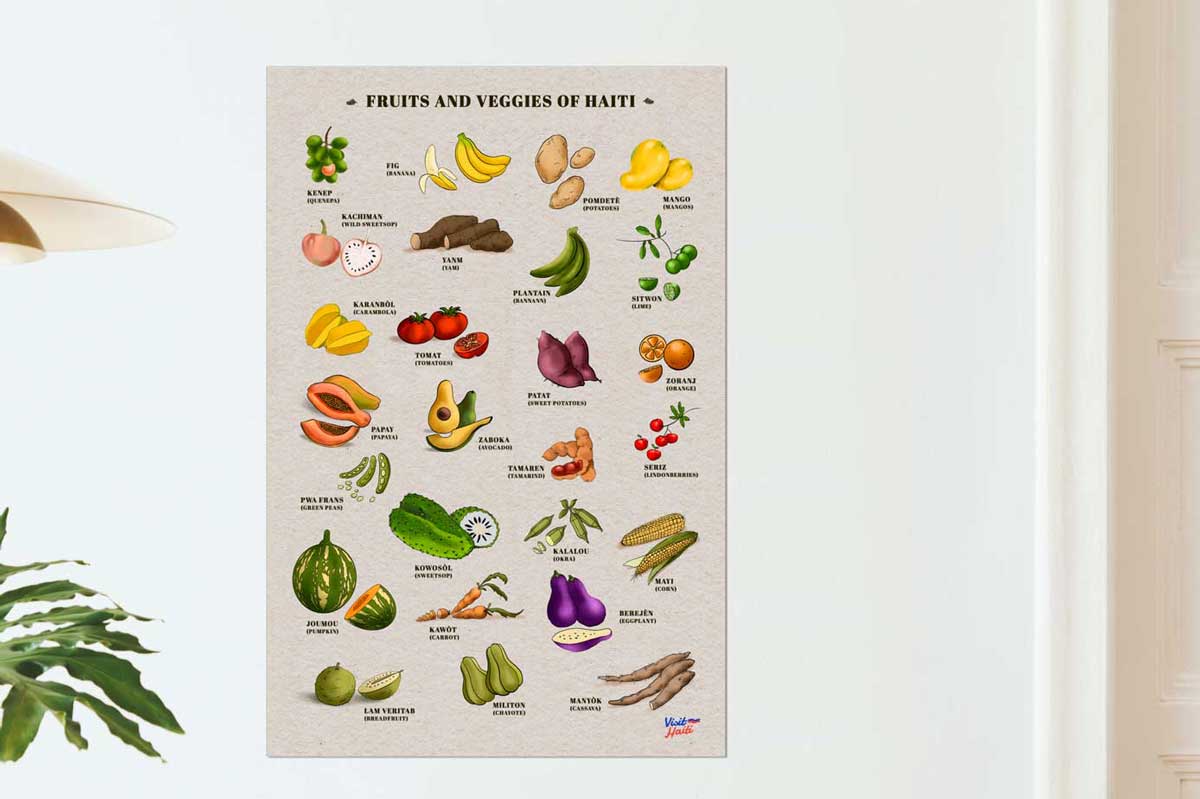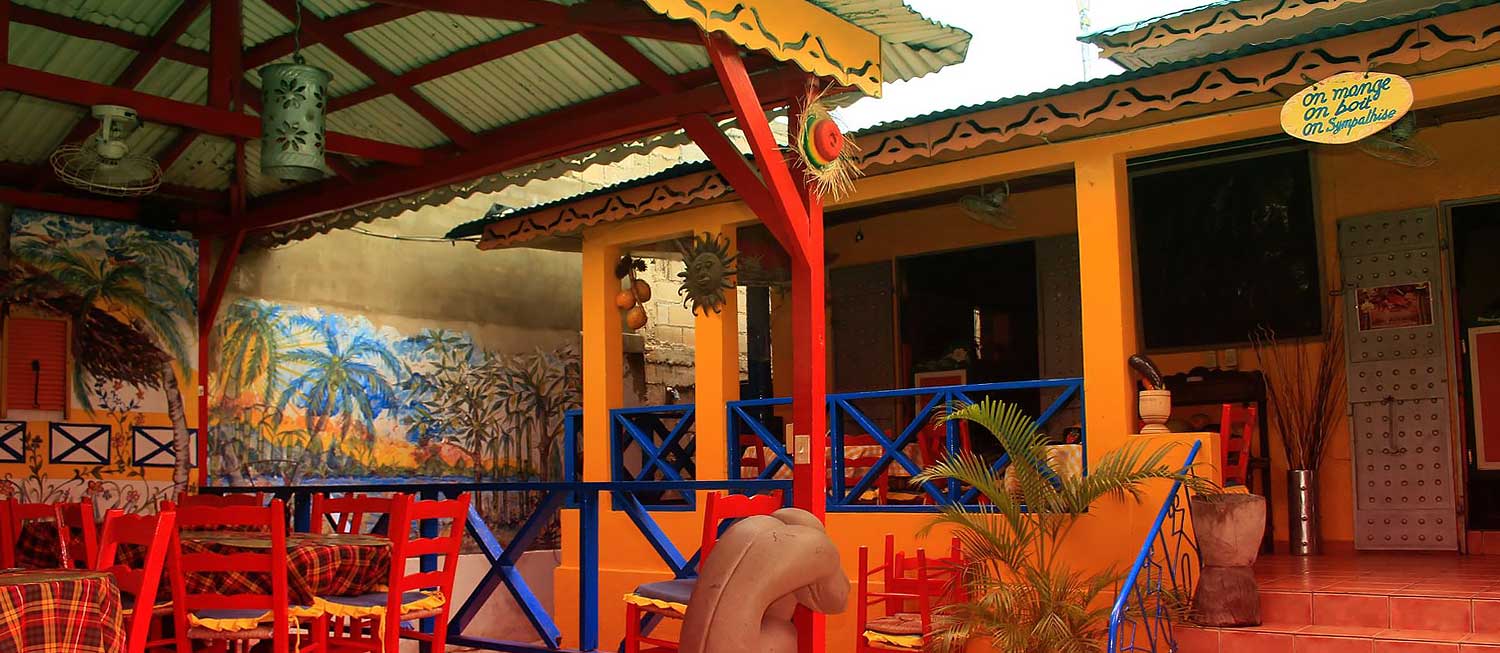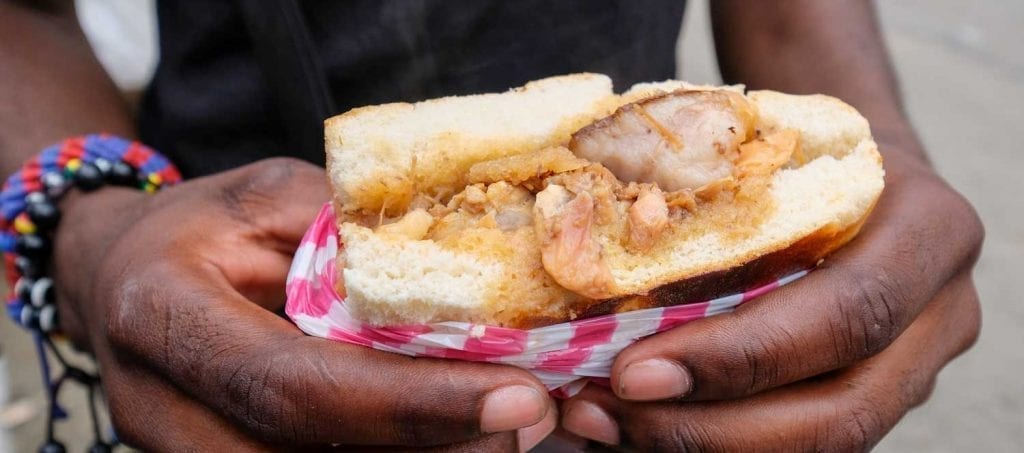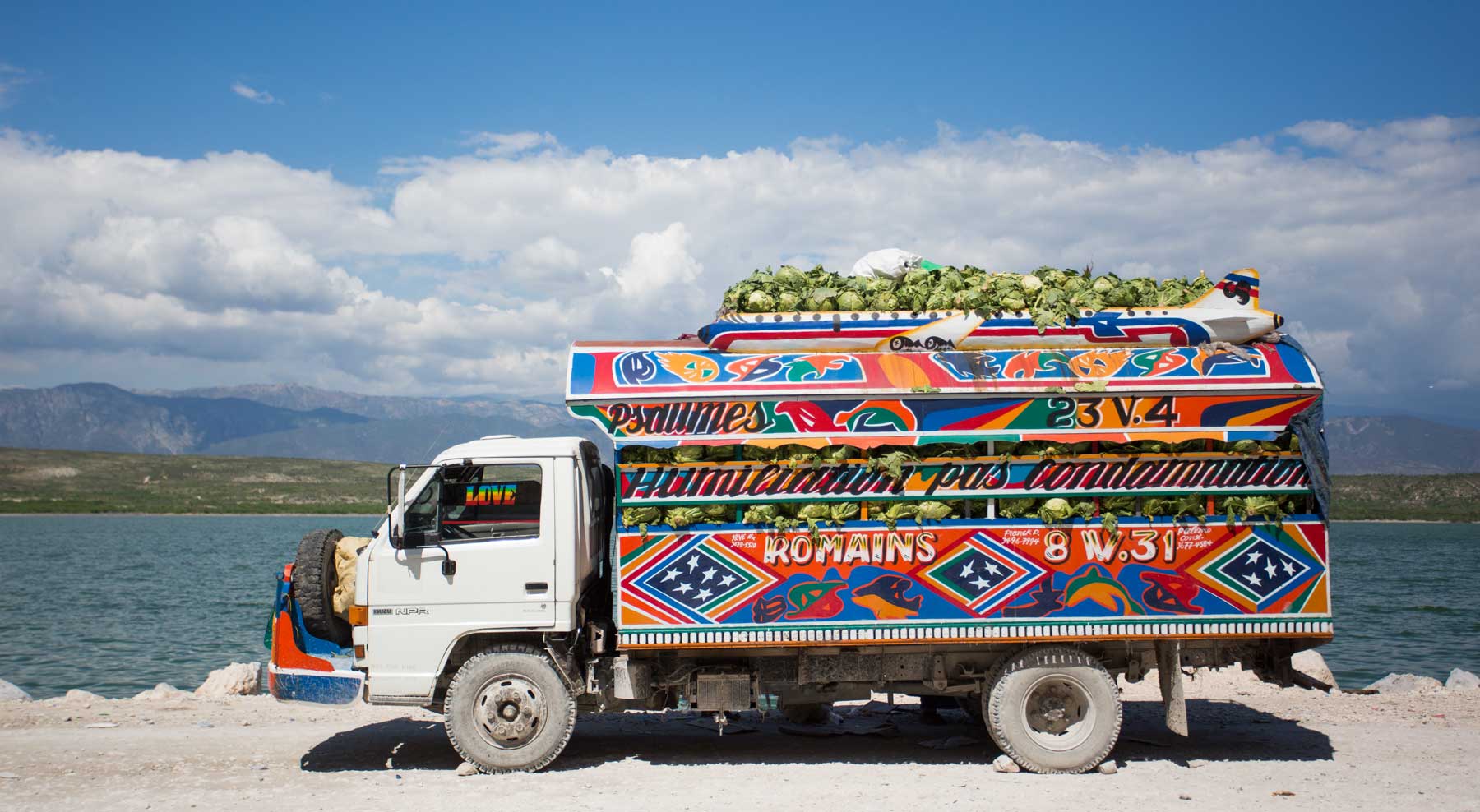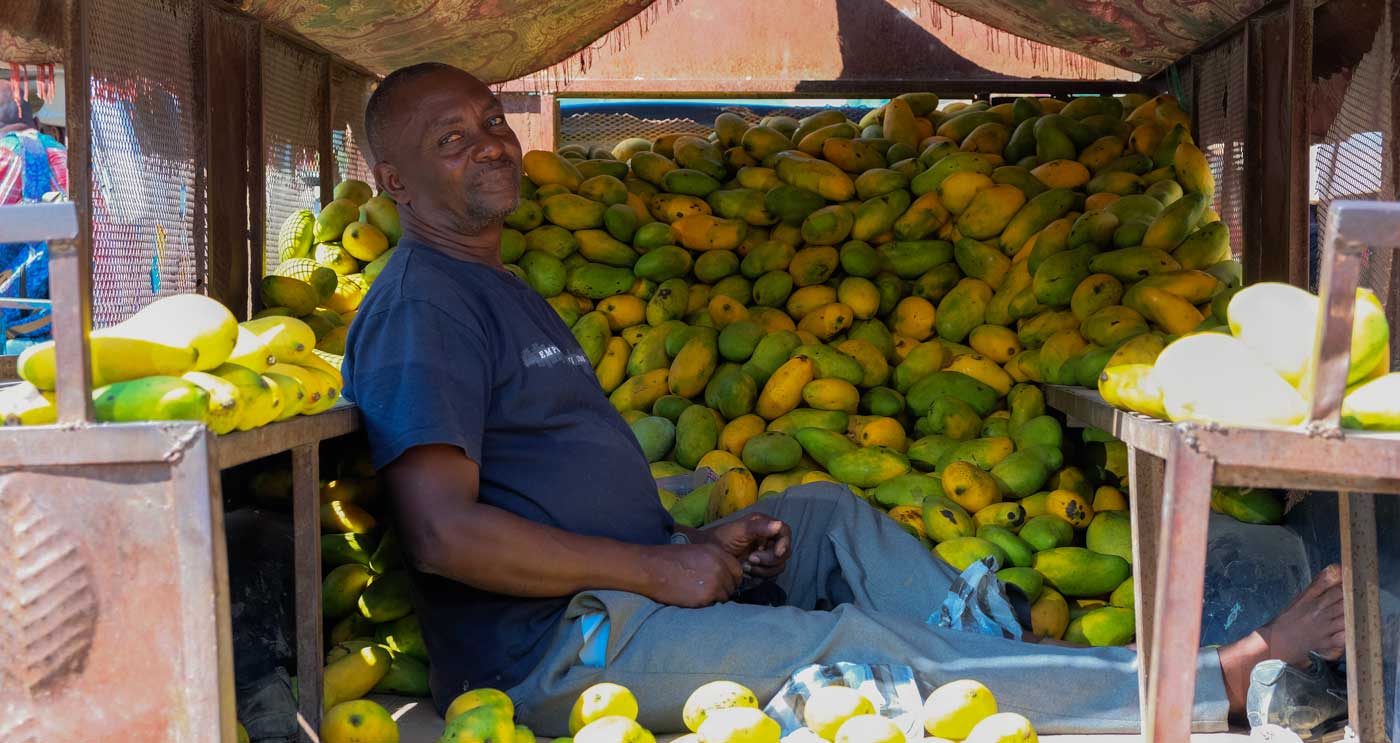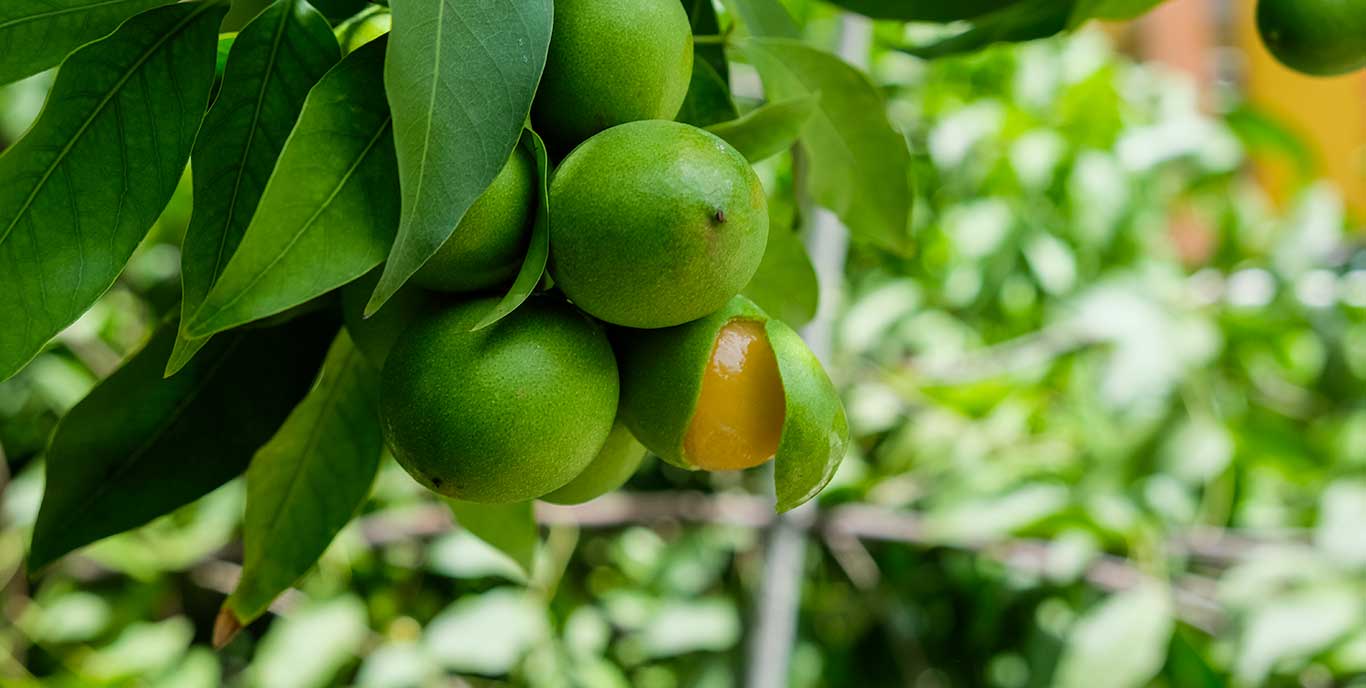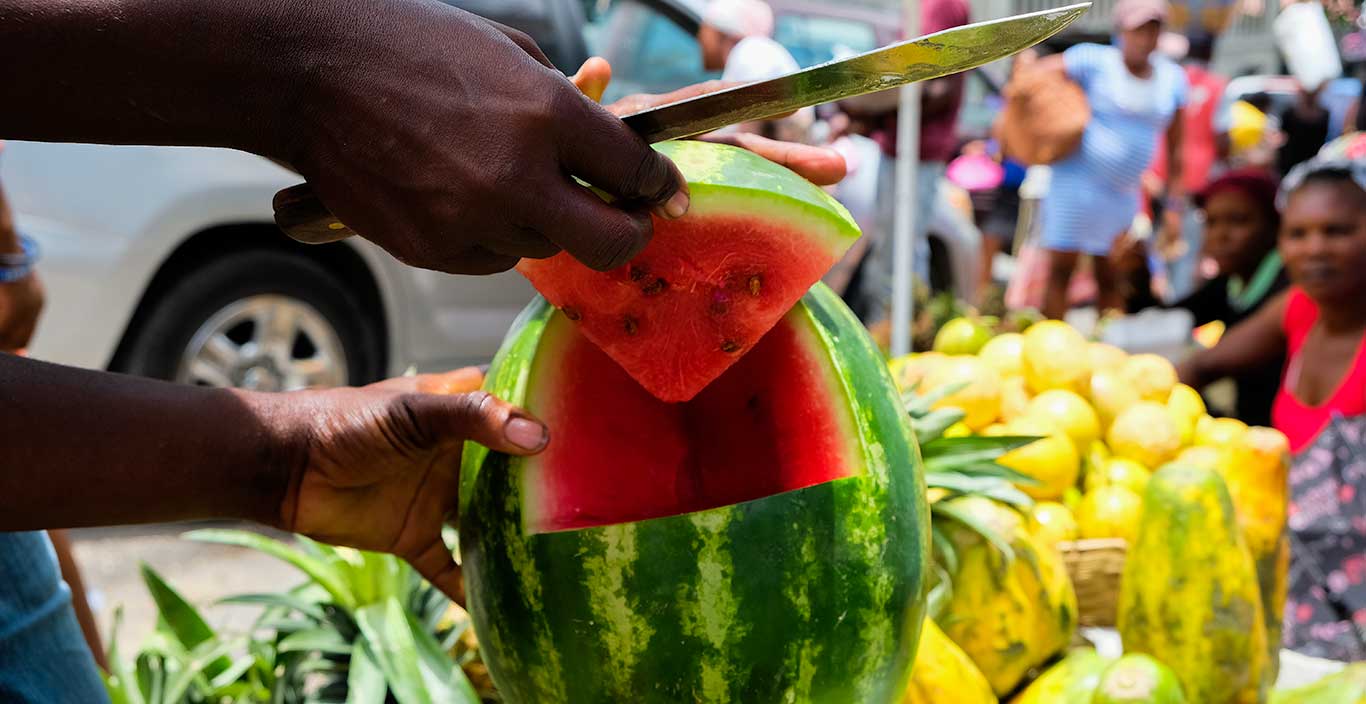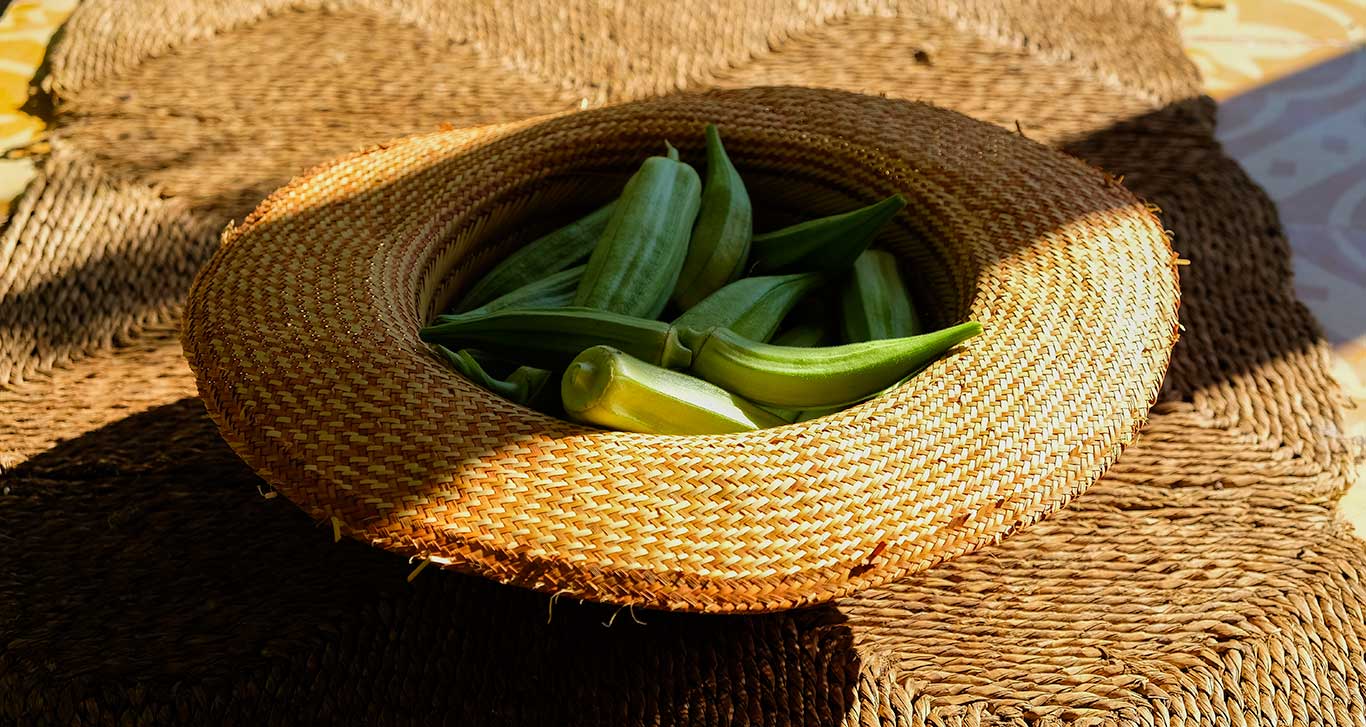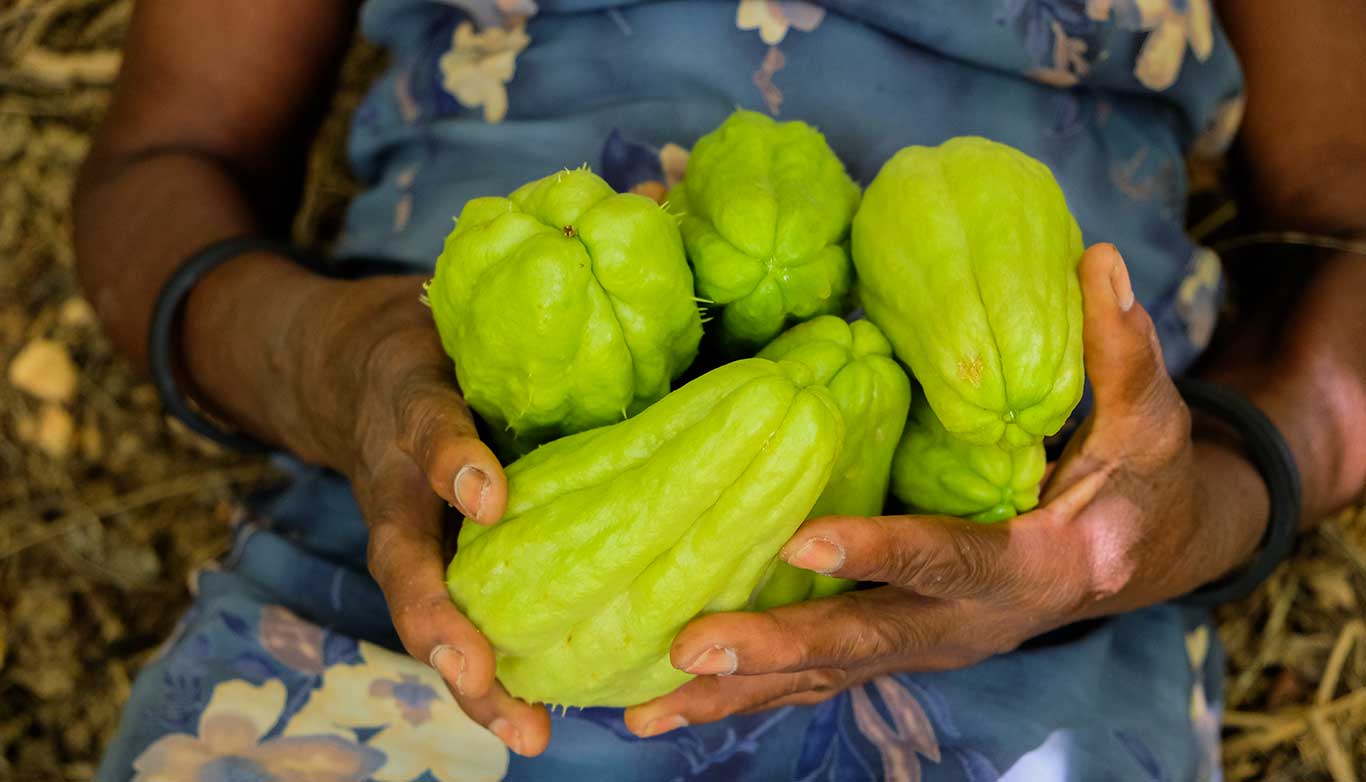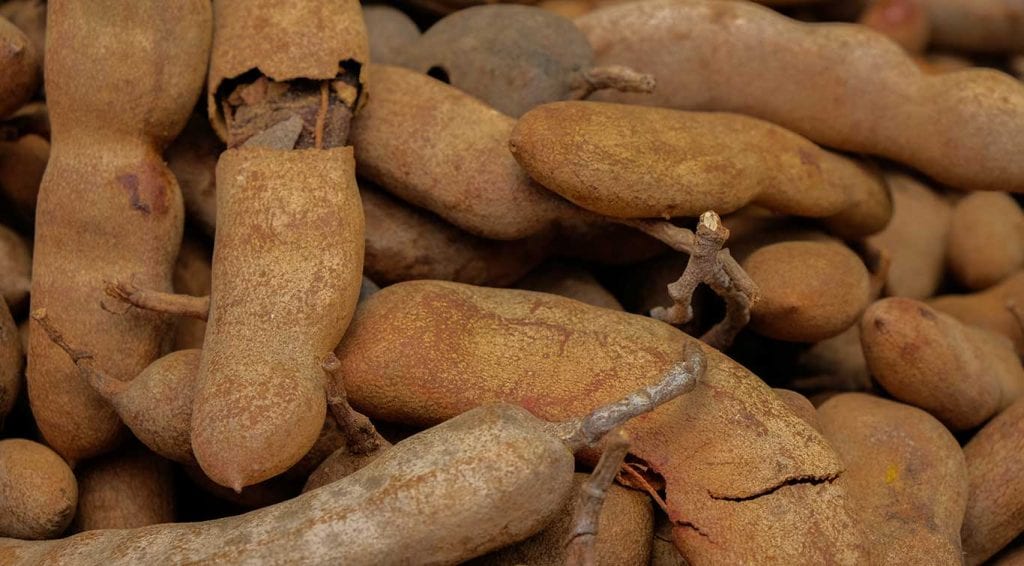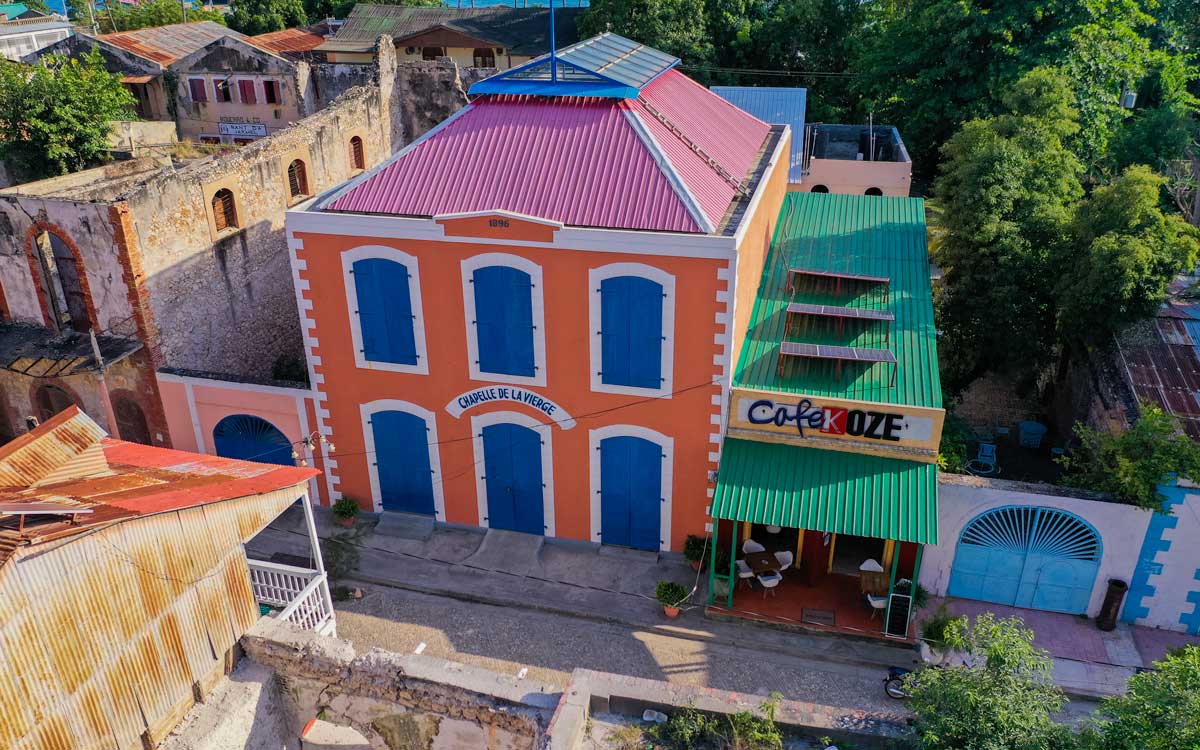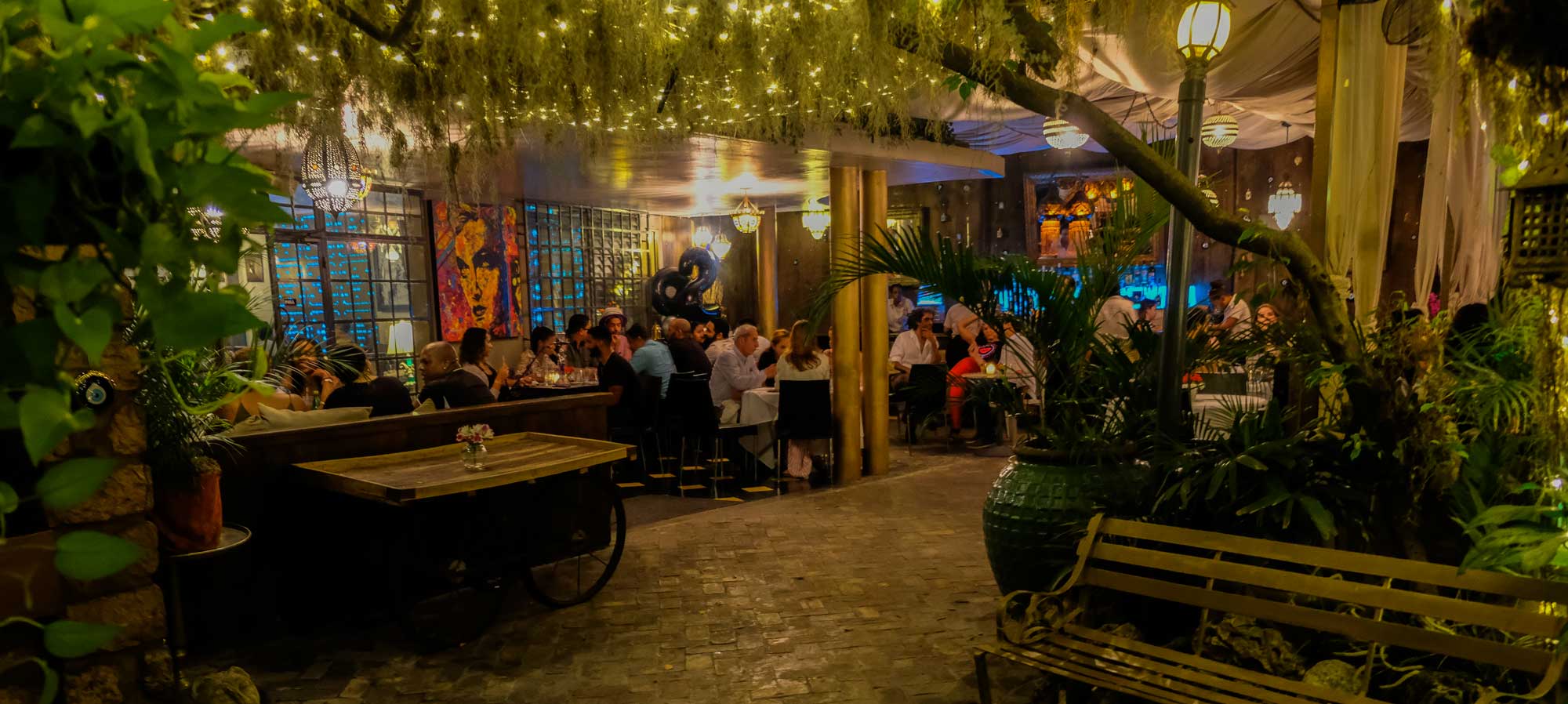
Photo: Franck Fontain
If you’re anything like us, the need for you to connect or even be in Haiti at this moment in time has been stronger than ever before. The last sixteen months have proven to be challenging in ways both familiar and new, and have pushed us to adapt in ways we never would’ve thought possible. As Haiti weathers the storms of the ongoing pandemic, sociopolitical unrest, and the assassination of former president Jovenel Moïse, the feeling of longing for Haiti—and in a way, for those on the island who make us feel like we’re home—is hard to fight off.
Since July 7, Haiti has felt like a liminal space where no one is quite sure where to stand or how to behave. The news of Jovenel Moïse’s assassination shook the capital as hard as it did the surrounding cities and far-away provinces. In the days following the killing, the streets of Port-au-Prince were quieter than they usually are on Sundays; worry and anticipation tainted the air, and people hesitated to venture outside for fear of what would happen next. Even though in the days since, things seem to have regained some kind of normalcy, it is very clear to everyone in Haiti that there is no going “back to normal” at the moment.
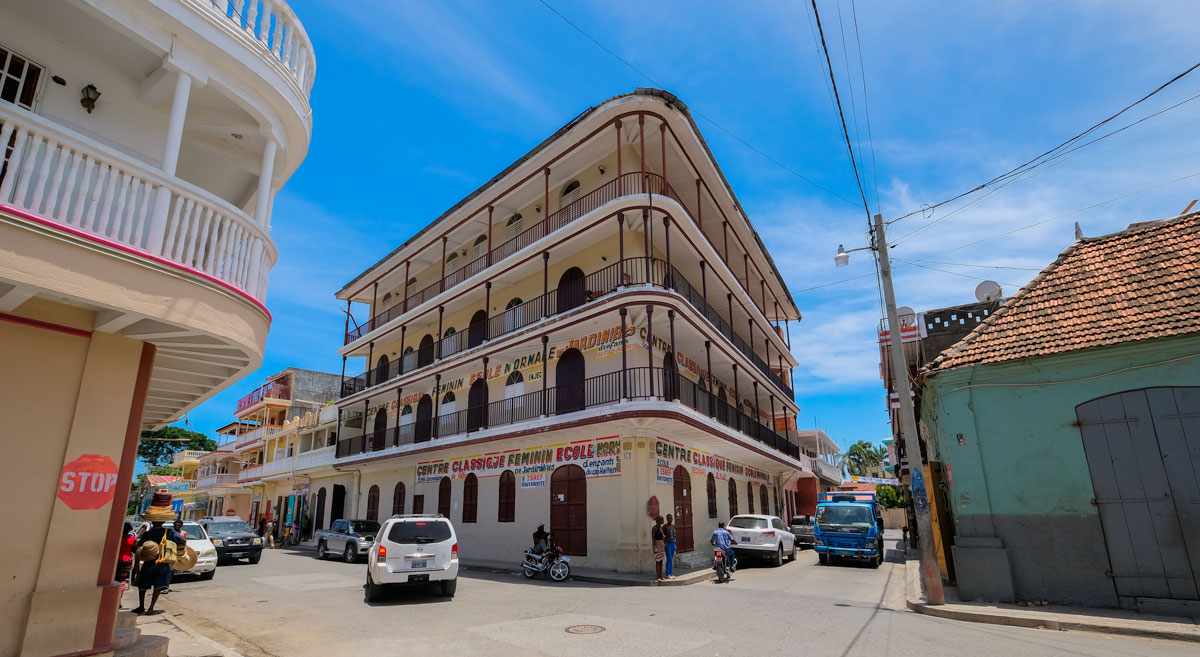
Photo: Franck Fontain
This leaves people like us—and people like you, too, who are enamored with Haiti, and who want nothing but to run and embrace the island—lost and confused. If the pandemic wasn’t a good time to travel to Haiti for just any reason, the recent events are even more reason to rethink purchasing a plane ticket. Just like you may be anxious to fly in for your summer vacation, we are anxious to recommend that you do so.
What we feel comfortable and eager doing, though, is recommending that you visit Haiti from home.
Right here, on Visit Haiti.
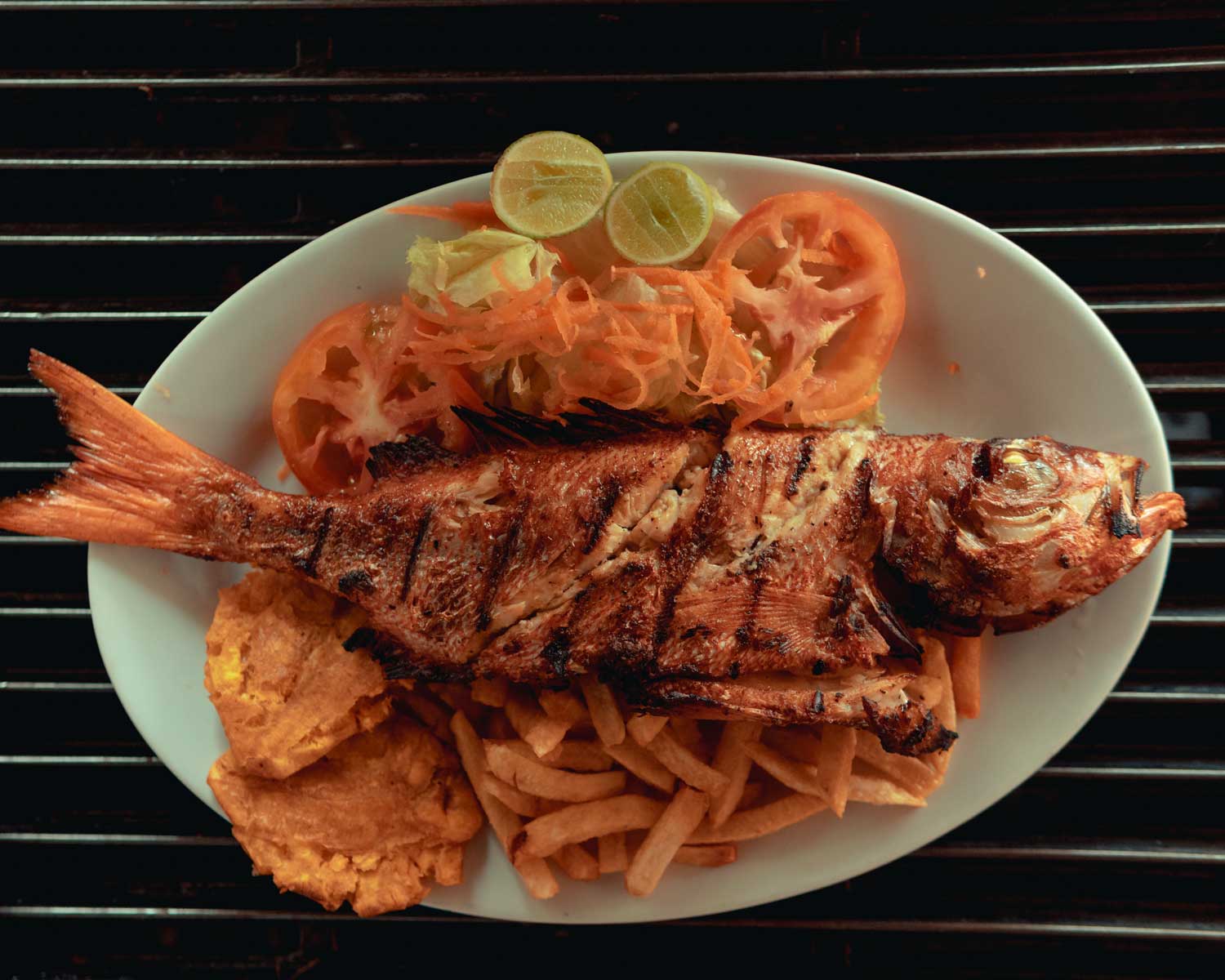
Photo: Alain David Lescouflair
Cook Your Way Through the Island
One of our favorite things about Haiti is how accessible the country’s history and culture is through its cuisine. A lot of Haitian fruit is accessible in foreign markets, like the unmistakable Haitian mango; consider shopping at your local Caribbean shop for some of our favorite summer flavors. This is also the perfect opportunity to order some of the best rum Haiti has to offer and consider a home tasting. We love how these rums shine next to Haiti’s hall-of-fame dishes, too.
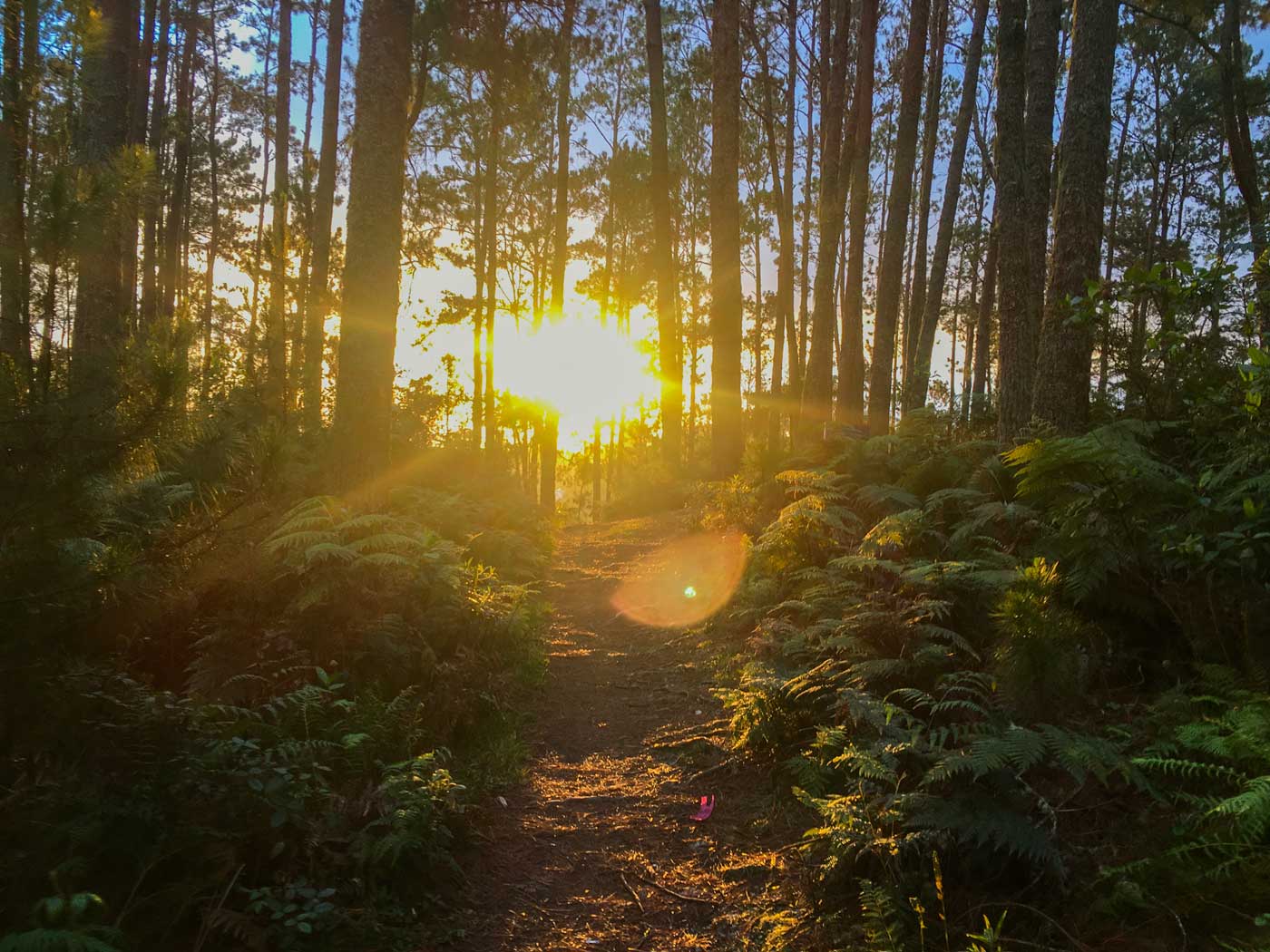
Photo: Anton Lau
Bring the Outside Inside
If you’re a lover of nature, you might enjoy trying to spot some of Haiti’s wildlife in your neighborhood on the weekend. You’ll be pleased to know that Haiti is home to some really awesome forests, such as Forêt des Pins, too— which you’ll definitely want to put down on your list of places to see on your next trip. We have good news for avid birdwatchers, too: you can probably spot some of Haiti’s winged wildlife where you live.
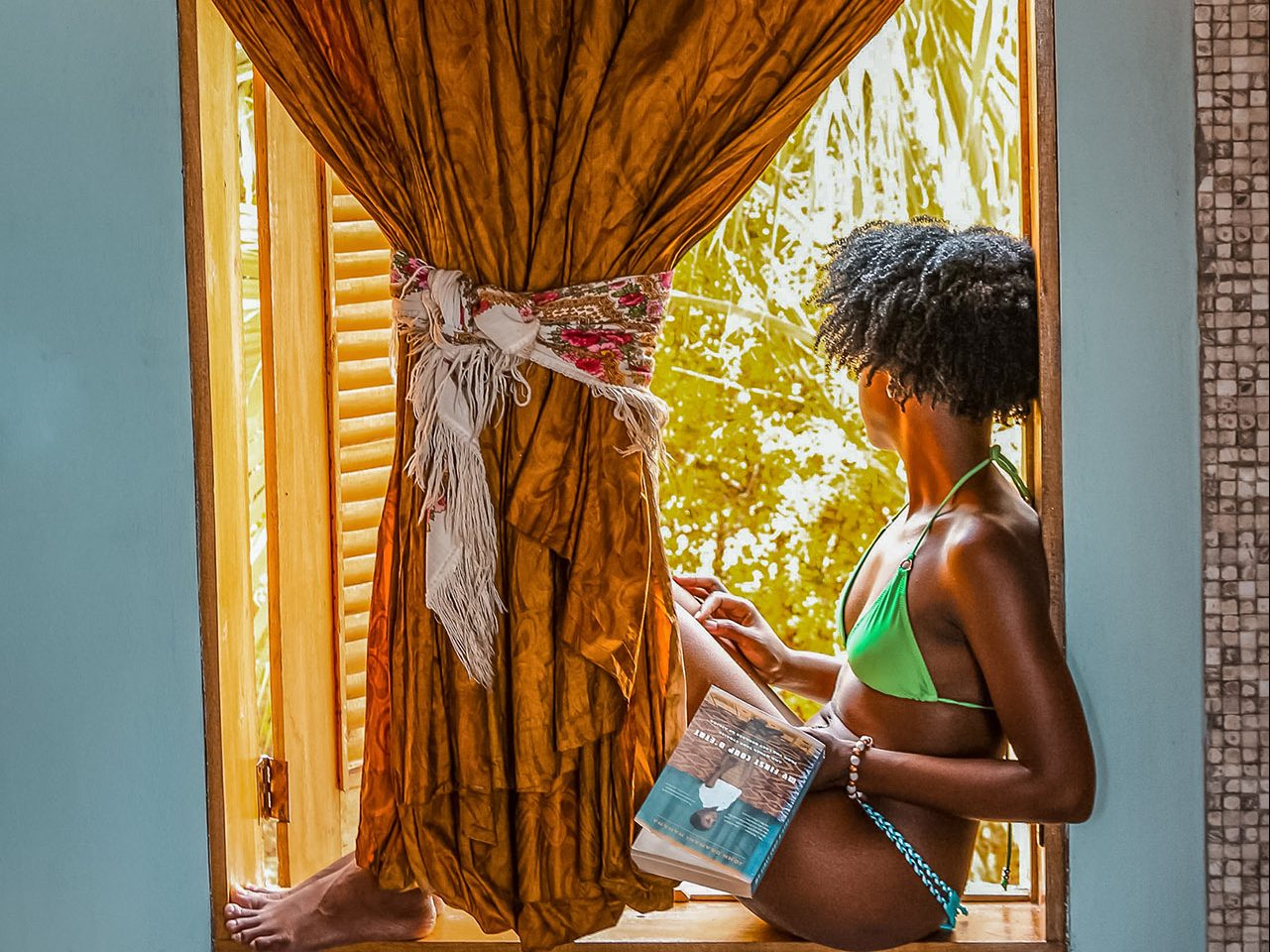
Photo: Amanacer / Emily Bauman
Learn the Colors of Haiti’s Culture
Now is also a good time to read up on the richness of Haitian heritage and culture, which is sure to taint every step you take around the island as soon as you’re able to travel to Haiti again. We highly recommend checking out what to do at a vodou ceremony, or where to meet and buy from Haiti’s finest metal-workers. And until you can safely make it to the island, our How Haitian Are You quiz and Best books about Haiti Reading List are a good way to make sure you stay on your toes by the time your next trip comes around.

Photo: Franck Fontain
Visit Haiti, Right From Your Screen
One of the ways we are excited to help you visit Haiti from the comfort of your home is through our photo journals. Tag along on a visual and virtual tour of the island. Our photo journals come courtesy of Haitian photographers, and feature different regions all over the country. Right now, you can take a mini-trip to Saint-Marc, Grand’Anse, or even Marigot.

Photo: Ted Olivier Mompérousse
Meet Haiti, Meet the Locals
In another effort to bring you closer to Haiti and its resilient, inspiring, and bright people, we are also pumped to introduce you to our Meet the Locals series. It’s no secret that Haiti and Haitians carry a bold streak; it shows in the food, and it shows in the music. What we want to share is how each individual Haitian contributes to painting the colorful picture that is Haiti today. You can start here, by reading our interview with Ann-Sophie Hamilton, a sustainable tourism advocate.
And watch our video where we speak to Isaac, a painter from Dame-Marie.
Written by Kelly Paulemon.
Published August 2021
Explore Haiti’s Art & Culture

Paradise for your inbox
Your monthly ticket to Haiti awaits! Get first-hand travel tips, the latest news, and inspiring stories delivered straight to your inbox—no spam, just paradise.




